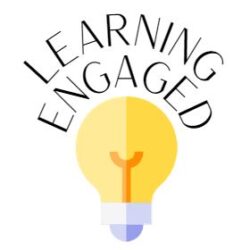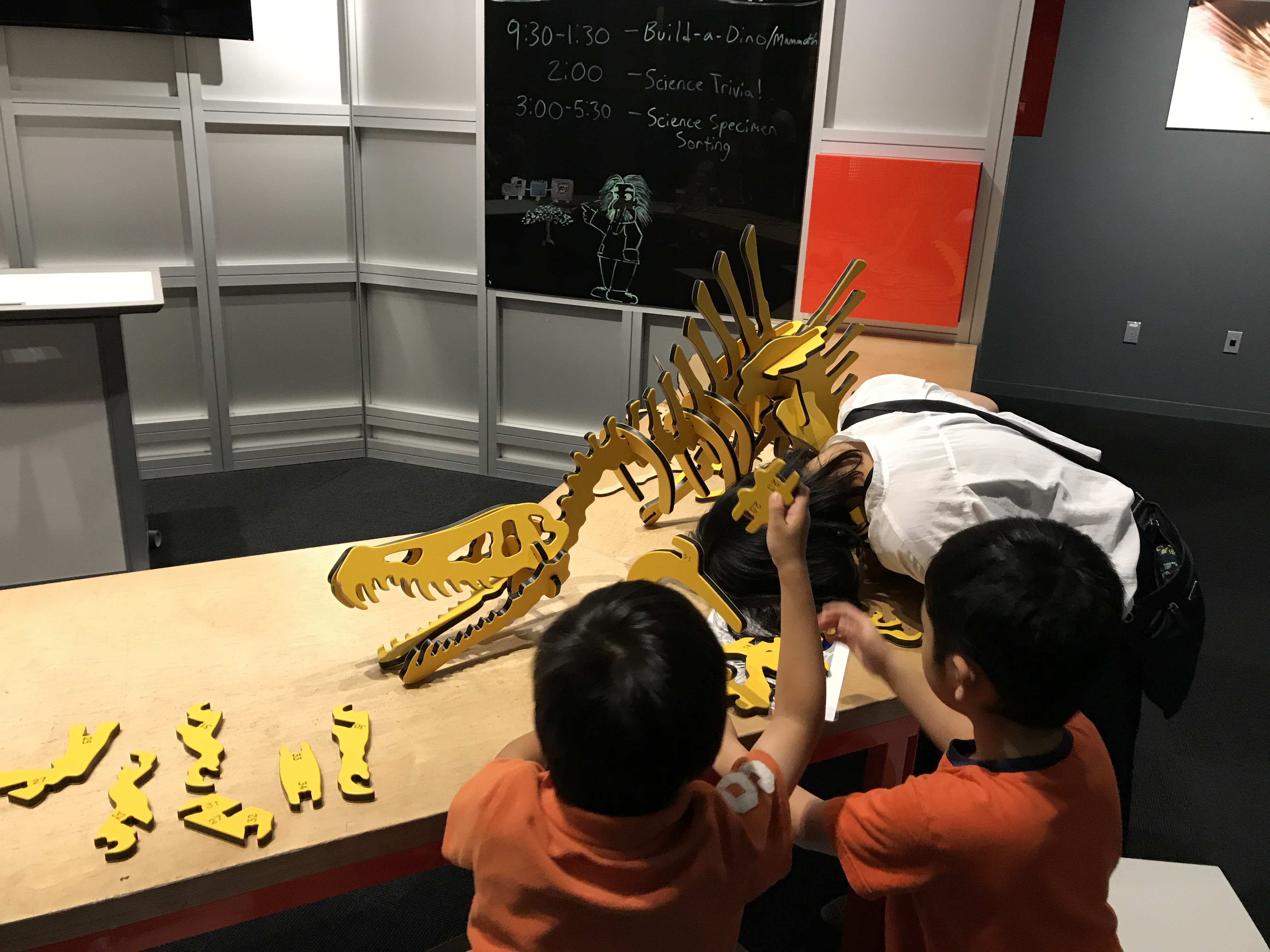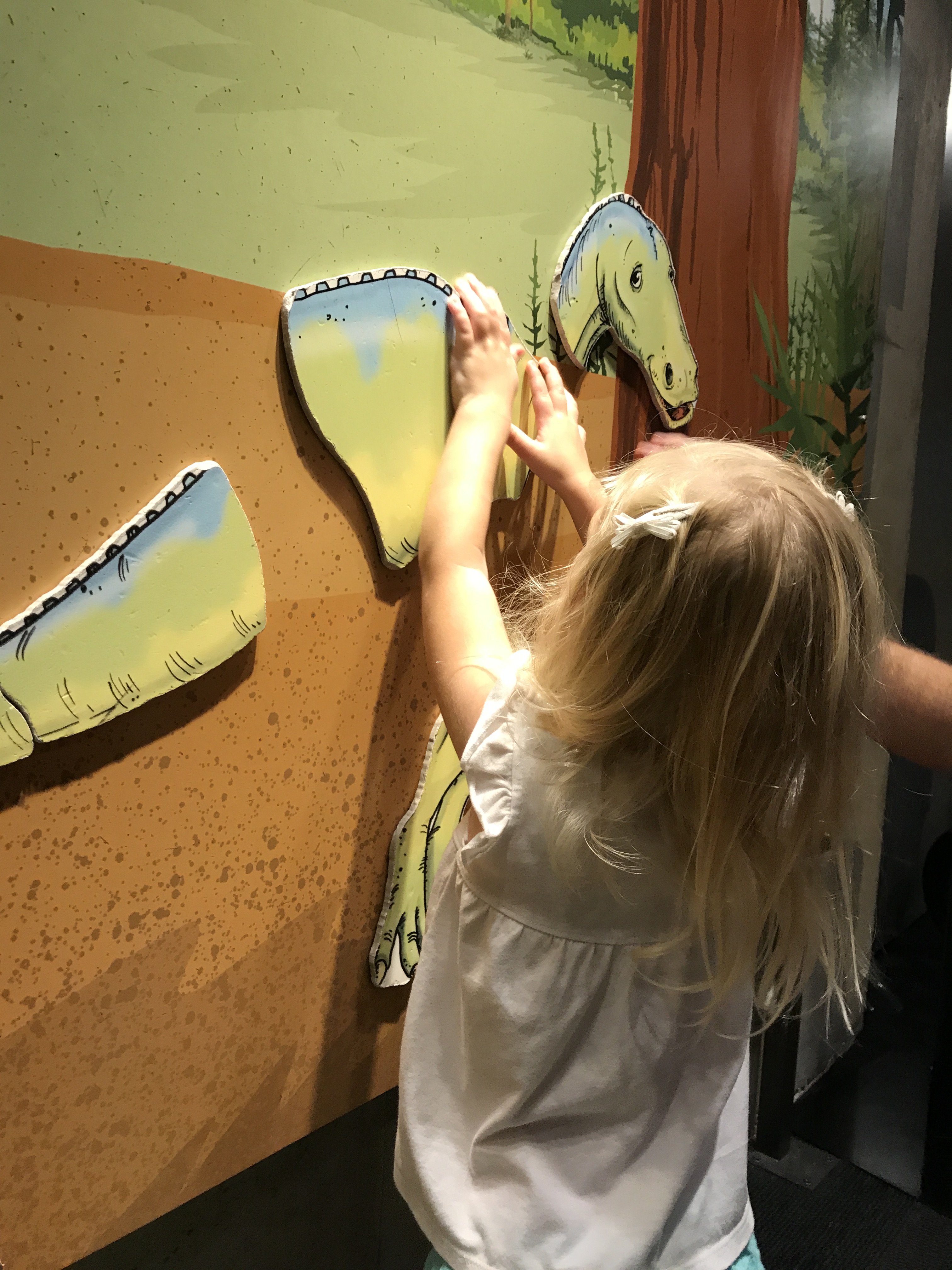(This post may contain affiliate links.)

My classroom mantra is “Personal Best.” When students ask how long a piece of writing should be, I say, “do your personal best.” When a student asks me if an assignment is good enough, I ask, “Is it your personal best?” When conflict arises in my school or community the students want to talk about, it starts with, “Did that person do their personal best in that situation?” My students hear it so much it gets to a point where I don’t have to say it anymore, they say it for me.
Learning is a very personal experience and each student (no matter what is being learned) learns differently. How could I compare students, assuming they are all learning on the same level? A student who works incredibly hard and grows from a 32 on their math test to a 56 on the next math test, is doing their personal best. A student who did just enough to get by and nothing more, resulting in a grade of 89, is not doing their personal best. It goes back to the old adage, you get out of it what you put in.
As learners, we should always try our personal best. Only then can we feel that we have done all we can and should be proud of what we have accomplished. In those cases, when we do our personal best, we should celebrate those successes and the successes of others.
In 2012, a preservice teacher who worked in my 3rd-grade class 2 days a week introduced me to The Pioneer Woman and changed my life. If you are not familiar with Ree Drummond, I recommend you become familiar now. She is a mom of 4, with a rancher husband, a warm personality, and a fun approach to cooking. After watching my first Pioneer Woman show on Food Network, I was hooked and wanted to learn more about her. What I found after a Google search was an array of recipes, blog posts, and interesting facts. Additionally, I found critics. Critics who took her many accomplishments and tried to discount them. I was saddened as I read them and thought, I hope Ree never sees these. While they were no more than people jealous of her success, she was being shamed for doing her personal best. She had worked hard, hadn’t been given anything, and was giving it her all. How many times do we give our personal best and are made to feel like it isn’t enough? Do the same things happen to our students?
I still use my Personal Best mantra with my college students, helping them realize the importance for themselves and their students, but I also stress celebrating successes for achieving our personal best. These celebrations help lessen the voices of critics and help us realize when we truly did our personal best and we should be proud.












